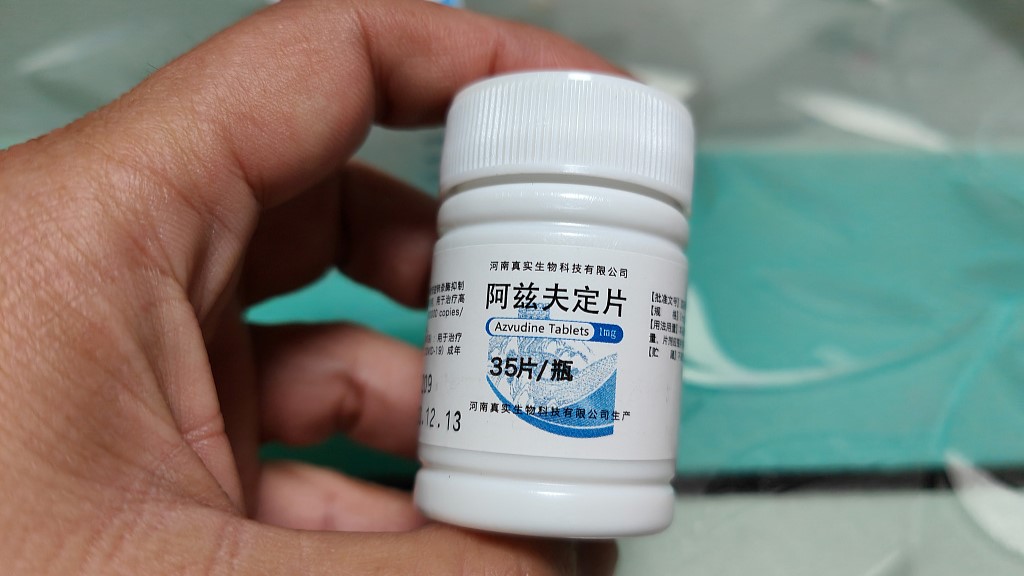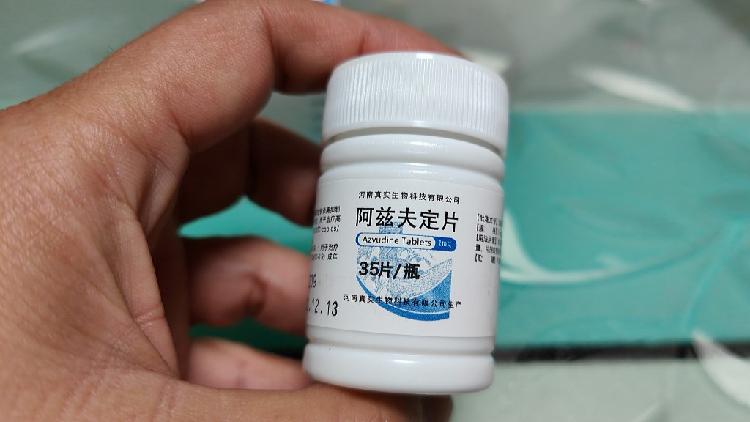[ad_1]

A bottle of Azvudine tablets. The National Healthcare Security Administration added the COVID-19 drug to China’s health insurance drug list on January 18, 2023. /CFP
A bottle of Azvudine tablets. The National Healthcare Security Administration added the COVID-19 drug to China’s health insurance drug list on January 18, 2023. /CFP
Domestic COVID-19 drug Azvudine and traditional Chinese medicine (TCM) product Qingfei Paidu Decoction (Lung Cleansing and Detoxifying Decoction) were added to China’s health insurance drug list on Wednesday.
The National Healthcare Security Administration (NHSA) updated the list after negotiating with drug makers for lower prices.
So far, 21 of the 25 medicines related to China’s COVID-19 treatment guidelines have been added to the list. People with medical insurance can buy the drugs at a fraction of their market price under China’s reimbursement system, with the government covering the rest.
Read more: Too-pricey Pfizer COVID-19 drug fails to make China’s insurance drug list
In addition to the two COVID-19 medicines, 109 other products were added to the list, including 20 key innovative drugs made in China, like Olverembatinib, a drug for a specific type of leukemia.
Now there are 2,967 kinds of drugs on the list, among which 1,381 products are Chinese patent medicines.
Among the new drugs, 108 were added to the list after negotiations, which reduced the drug price by 60.1 percent.
Since its establishment in 2018, the NHSA has conducted such negotiations for five consecutive years, adding 361 products to the list.
According to initial statistics from the administration, patients in China have saved a total of 460 billion yuan (about $64 billion) buying drugs on the list.
The new list will come into force on March 1 and is expected to save patients over 90 billion yuan in the next two years.
[ad_2]
Source link








